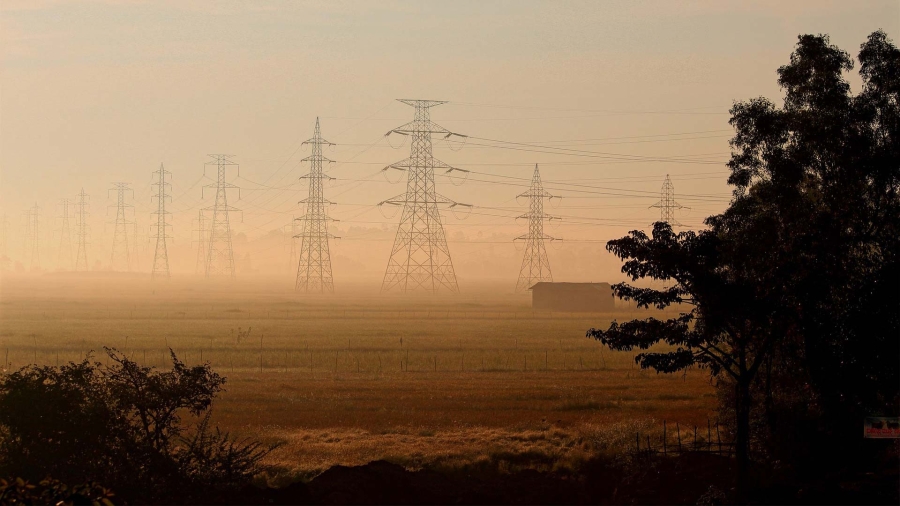Philippe Delorme, EVP Europe Operations, Schneider Electric
We must be under no illusion – energy scarcity is not a seasonal scare based on weather patterns. It is a crisis posing an existential threat across Europe. Although we made it through this winter without blackouts, what about next winter? Continued short-termism in addressing Europe’s energy crisis by many government and business leaders is threatening livelihoods and lives.
While the war in Ukraine, now over a year on, has spurred the crisis further, it has been brewing for decades, with Europe reliant on imports of carbon-laden fossil fuels. In the last 14 months or so, Europe has spent more than €750 billion (and counting) on subsidies to keep retail electricity and gas prices lower; €265 billion in Germany, €103 billion in the UK, for example. These vast sums subsidize the fuel of yesterday, but they do not secure the energy of the future. Short-term bailouts will not fix the long-term threat.
Last year, we saw European manufacturers struggling because they couldn’t afford the cost of energy. There has been an invisible death of industries like glass, metals, and chemicals. If that happens again, it will increase the likelihood that businesses will permanently offshore gas-intensive production. This will further damage European competitiveness.
We have been, in some ways, lucky this year. But, next year may not bring the same circumstances that allowed EU countries to fill their storage sites ahead of this winter. The International Energy Agency (IEA) has said the European Union could face a shortfall of almost 30 billion cubic meters (bcm) next winter, equivalent to nearly 7% of 2021 demand.
The reality is that there is no buffer in our energy system. Energy markets are on a knife’s edge; they could either scrape through, or we could face blackouts. Our internal research suggests Ireland, the UK, France, Poland, Finland, and Malta are most at risk. Just look at what happened in the United States two years ago. In February 2021, days after experts assured it wouldn’t happen, Texas was hit by devastating power outages, resulting in hundreds of deaths. The same spectre is on Europe’s horizon.
Energy efficiency is the unsung hero in our quest for greater climate and energy security.
Today’s technologies can identify ways to reduce energy waste, optimize energy use and support the installation of green microgrids, providing resilience and continuity of sustainable power. In the EU, fossil fuels power 70% of our energy supply, yet we only produce a fraction of that fuel ourselves. Reducing our use of and dependence on fossil fuels, increasing electrification, and transitioning to renewable energy is essential.
As we approach the International Energy Agency’s 8th Annual Global Conference on Energy Efficiency, a convergence of influential energy ministers and CEOs, it is vital leaders of government and industry joining hands to expedite progress on energy efficiency to address the energy crisis and pressing climate imperatives.
Government leaders must take immediate, bold steps to fund electrification programs and accelerate energy-efficiency programs for business, industries, and households. With soaring domestic prices, voters are waking up to the impact of energy scarcity on their bills.
When COVID first swept across Europe, it was met with decisive, coordinated action that demonstrated the ability of European leaders to work together and make difficult but necessary decisions fast. Today, the crisis facing us centers on energy. Our failure to decarbonize our economies is now showing itself not only in exorbitant bills, but in lost jobs and lost lives.














